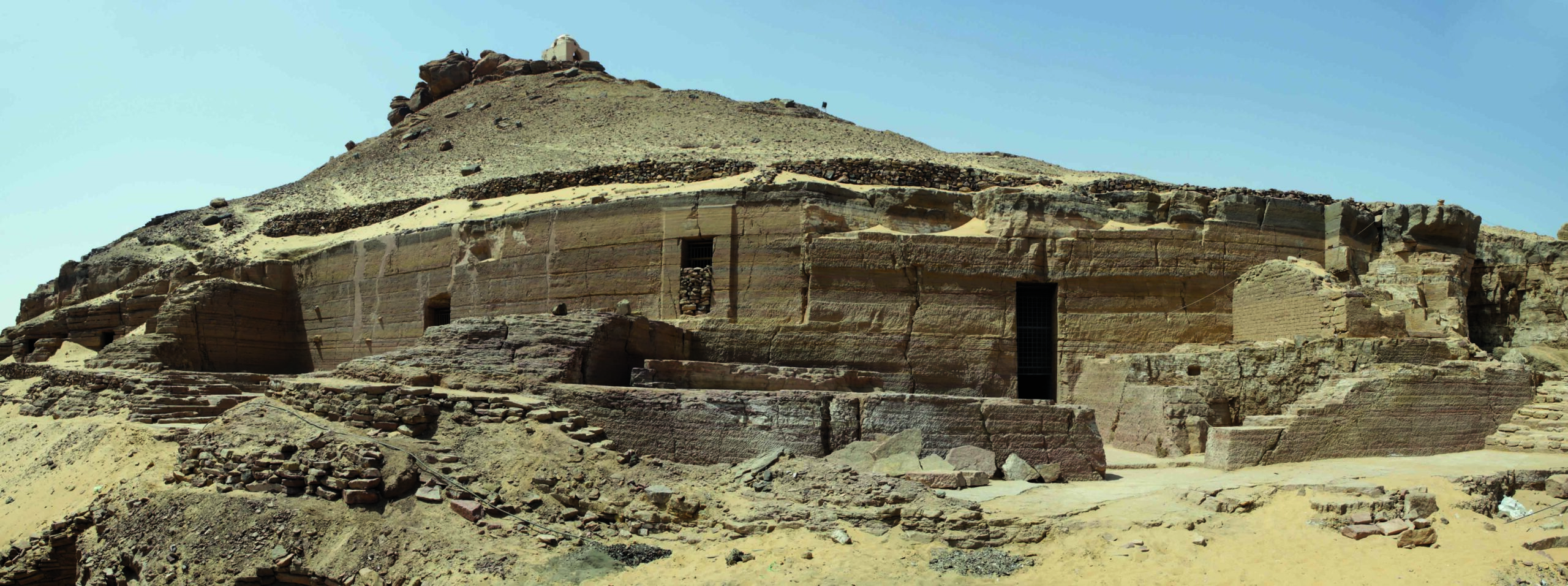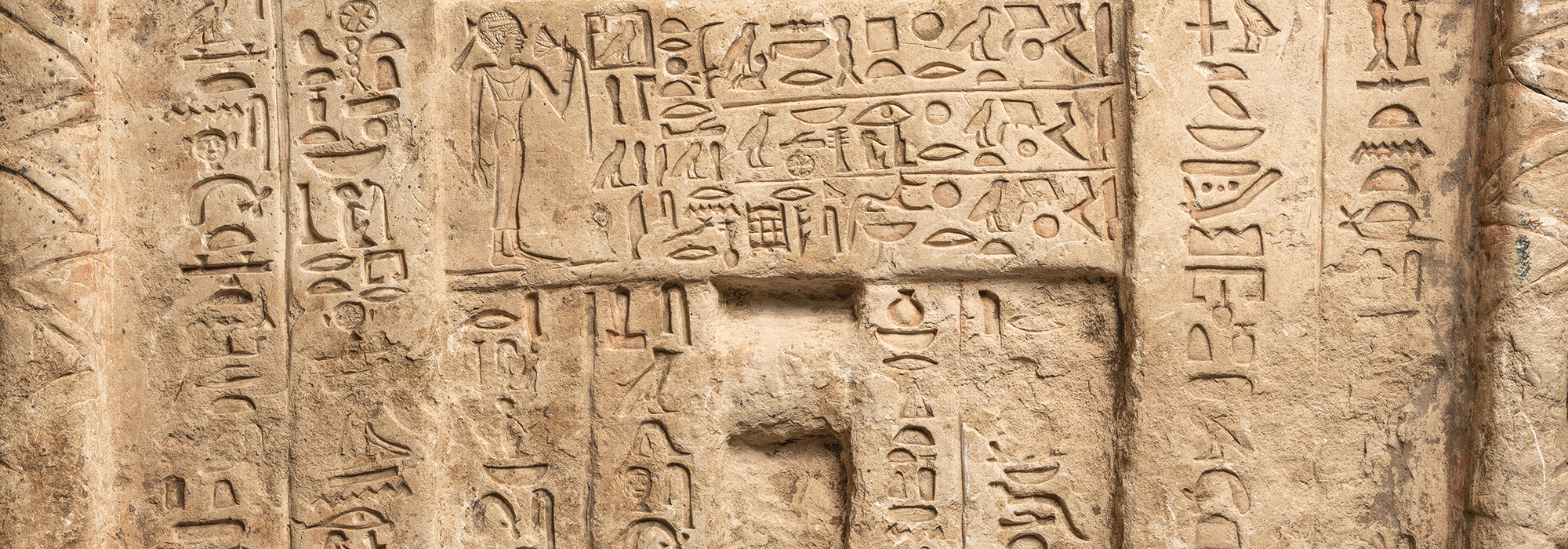
EGYPT: Spots on the painted walls of Tutankhamun's tomb, long a mystery to archaeologists, might be evidence of a hasty burial. The spots were probably caused by fungus, but they apparently have not changed since the tomb was opened in 1922. Therefore, they likely date to the last time there was moisture in the tomb—when the boy king was first buried in 1323 B.C. It is possible that the paint on the wall was not yet dry when the tomb was sealed—supporting the theory that he died unexpectedly.











